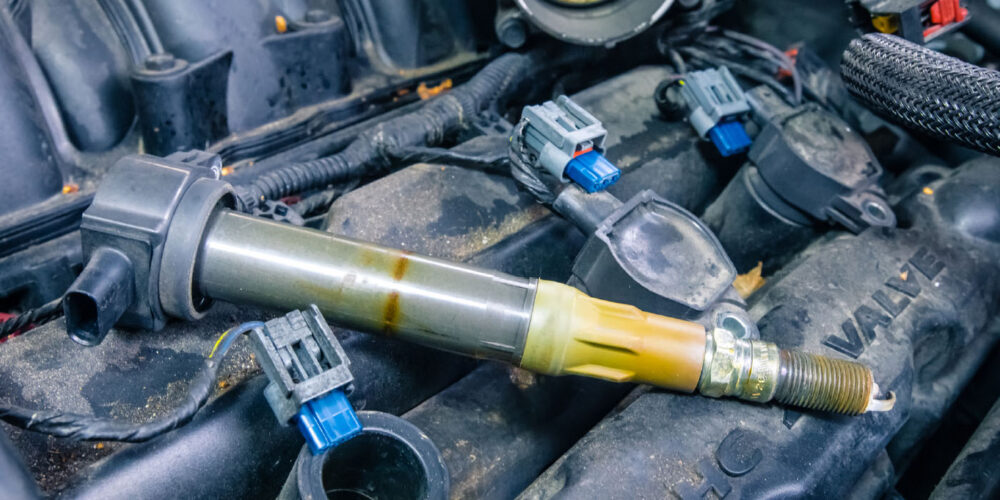By Kit Johnson
Picking the proper lubricant for your customers’ import car will depend on the application. For example, serious track racers with large ponies under the hood will want heavy-duty, high-performance racing lubricants designed specifically to stand up under the stress. For the average high-performance import car, quality products will provide good functionality and durability for almost any application.
Regardless of what the OEMs say, I believe the 3,000-mile service is still a very viable benchmark for an oil and filter change and vehicle inspection for any import. Carbon, grit and raw fuel contaminates engine oil, so regular oil drain and refills keep internal engine parts clean and free from gumming up. It’s also a good opportunity to check for leaks, potential problems and component wear.
Other fluid recommendations include:
• Transmission, power steering and brake fluids should also be flushed regularly (30,000- to 60,000-mile service intervals) to avoid excessive wear and component failure. As a rule of thumb, I recommend changing those fluids when they start to show discoloration.
• Automatic transmission fluid should be light red in color and flushed every 30,000 miles. If the transmission fluid turns a dark brown, black or smells burnt, it’s a sure sign that it needs to be flushed.
• Healthy power steering fluid will be clear or red in color. A buzzing sound when the steering wheel is turned at low speeds indicates that the power steering fluid is likely low.
• Brake fluid is hygroscopic, meaning it absorbs water to prevent rust from damaging the brake system and moisture from turning to steam, which produces brake fade during extreme braking conditions. Healthy brake fluid should be clear or have a light brown tint. As it becomes saturated with water, it will begin to turn black. The darker the brake fluid, the greater the need to flush the system.
• Coolant is another often-overlooked fluid. A good 50/50 mixture of distilled water and coolant that is flushed every 30,000 miles or three years (whichever comes first) will prevent electrolysis and internal corrosion from occurring.
— Johnson is president of J4 Auto-motive, Inc., East Helena, MT, and the 2007 national NAPA Technician of the Year.














